9 HISTORICAL MYSTERIES THAT HAVE BEEN ADAPTED TO CINEMA
Categories: Book | Celebrities | Cinema | History | People | World
By Vika https://www.pictolic.com/article/9-historical-mysteries-that-have-been-adapted-to-cinema.htmlIt’s still early in the 2020s for number ten, so this partial list (incomplete and biased) looks at nine favorite filmed novels published across 90 years (1936 to 2016, one per decade). While the passage of time makes many movies seem historical (think Agatha Christie adaptations), I’ve stuck to a strict definition. All the novels are set years before their original publication dates. The books are still in print, and the films are available on DVD or streaming. In a sign of changing viewing habits, the last two novels are not theatrical releases but streamed series.
In Murder by Lamplight, Dr. Julia Lewis and Inspector Richard Tennant meet in the 1860s, the same decade as the Victorian lovers in A.S. Byatt’s Possession (my novel/film pairing for the 1990s). Julia and Tennant are reluctant allies who put their misgivings aside to solve a series of vicious killings on London’s gaslit streets. Murder by Lamplight is published by Kensington Books and available on February 20, 2024.
10 PHOTOS
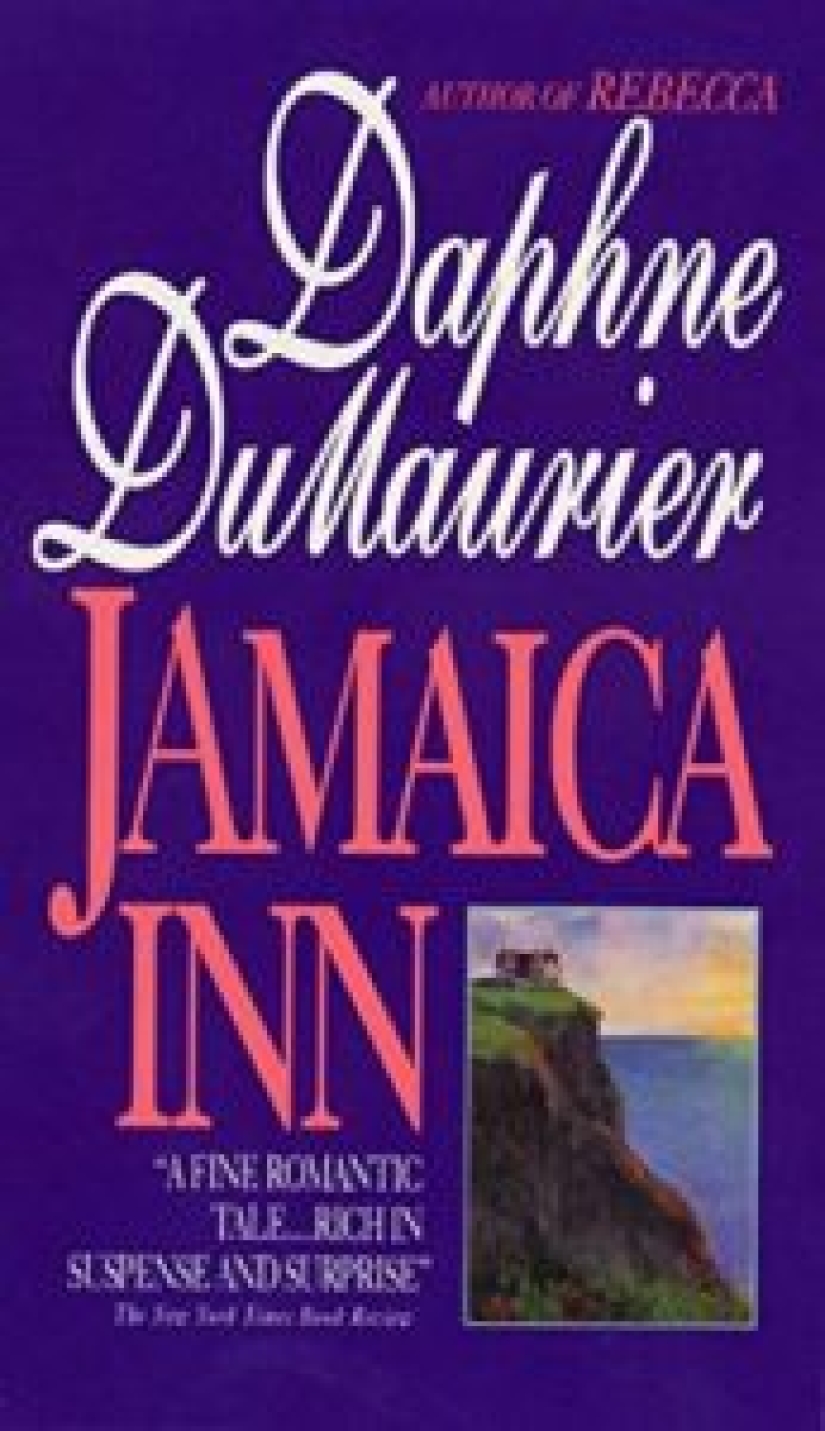
1. 1936: Jamaica Inn by Daphne du Maurier
1939 film directed by Alfred Hitchcock
The novel: In early nineteenth-century Cornwall, the orphaned Mary Yellon arrives at the sinister Jamaica Inn to live with her aunt and uncle. Mary quickly realizes that nefarious doings are afoot. Is her uncle the leader of the wreckers who lure ships onto the rocky Cornish coast, killing the survivors who stagger ashore? Or is someone else the murderous mastermind?
The film: Alfred Hitchcock plays fast and loose with Daphne Du Maurier’s plot, but his atmospherics match the source’s Gothic suspense. In the film’s perpetual nighttime, tides don’t roll; they roar. Winds don’t blow; they howl. The shipwreck scenes look as if Hitchcock shot them in a bathtub, but no matter. The film features a scenery-chewing performance by Charles Laughton, a teenage Maureen O’Hara in her first starring role, and a boatload of British character actors, seasoned pros all of them. Laughton drove Hitchcock mad with his odd, mincing villain. (No spoiler here: the viewer discovers his identity in the first fifteen minutes, and the bad guy is someone else in the book.) But the famed director couldn’t fire his star because Laughton co-produced the film. It was Hitchcock’s last British movie before moving on to Hollywood to shoot Du Maurier’s Rebecca, starring Laurence Olivier and Joan Fontaine. Look for the remastered 75th-anniversary version of Jamaica Inn for the best viewing.
Footnote: A BBC remake ran in Britain in 2016 and streams in the US on Prime Video. Jessica Finlay Brown (Lady Sybil from Downton Abbey) stars in a three-part series that proves more can be less. In this version, the title inn looks seedy, not menacing, the pace is glacial, and an American viewer needs subtitles (unprovided) to understand the mumbling Cornish accents.

2.1944: Dragonwyck by Anya Seton
1946 film directed by Joseph L. Mankiewicz
The novel: The setting is New York’s Hudson Valley in the 1840s and the mostly forgotten “anti-rent wars” that raged against the landlords. The great landowning “patroons” were like latter-day medieval lords, and tenant farmers worked their lands like serfs. Seton’s Gothic melodrama has all the elements of the genre: a naïve young woman, Miranda Wells, Nicholas Van Ryn, the handsome, brooding lord of the manor, and Dragonwyck, the secret-filled, cliff-top mansion overlooking the Hudson River. Ghosts from the past, insanity, a poisonous plant, and possible murder season the stew.
The film: Gene Tierney gets top billing, but the movie belongs to Vincent Price. His Nicholas Van Ryn, handsome, haughty, haunted, and menacing, dominates every scene he’s in. The stellar supporting cast includes Walter Huston, Jessica Tandy, and Spring Byington. Usually cast in wholesome, motherly roles, Byington does a creepy turn as the strange housekeeper who knows all the family secrets. The novel and the film differ most dramatically in their endings. But this is one instance when the movie seems more faithful to Van Ryn’s character than the book’s conclusion.
Footnotes: Gene Tierney and Vincent Prince shared the screen four times, most memorably in the excellent mystery Laura (1944). It also stars Clifton Webb and Dana Andrews as the tough, cynical policeman who falls in love with a dead woman’s portrait. The movie features a knock-your-socks-off surprise. Director Mankiewicz ended his career with another mystery, the cat-and-mouse Sleuth (1972), starring Laurence Olivier and Michael Caine.
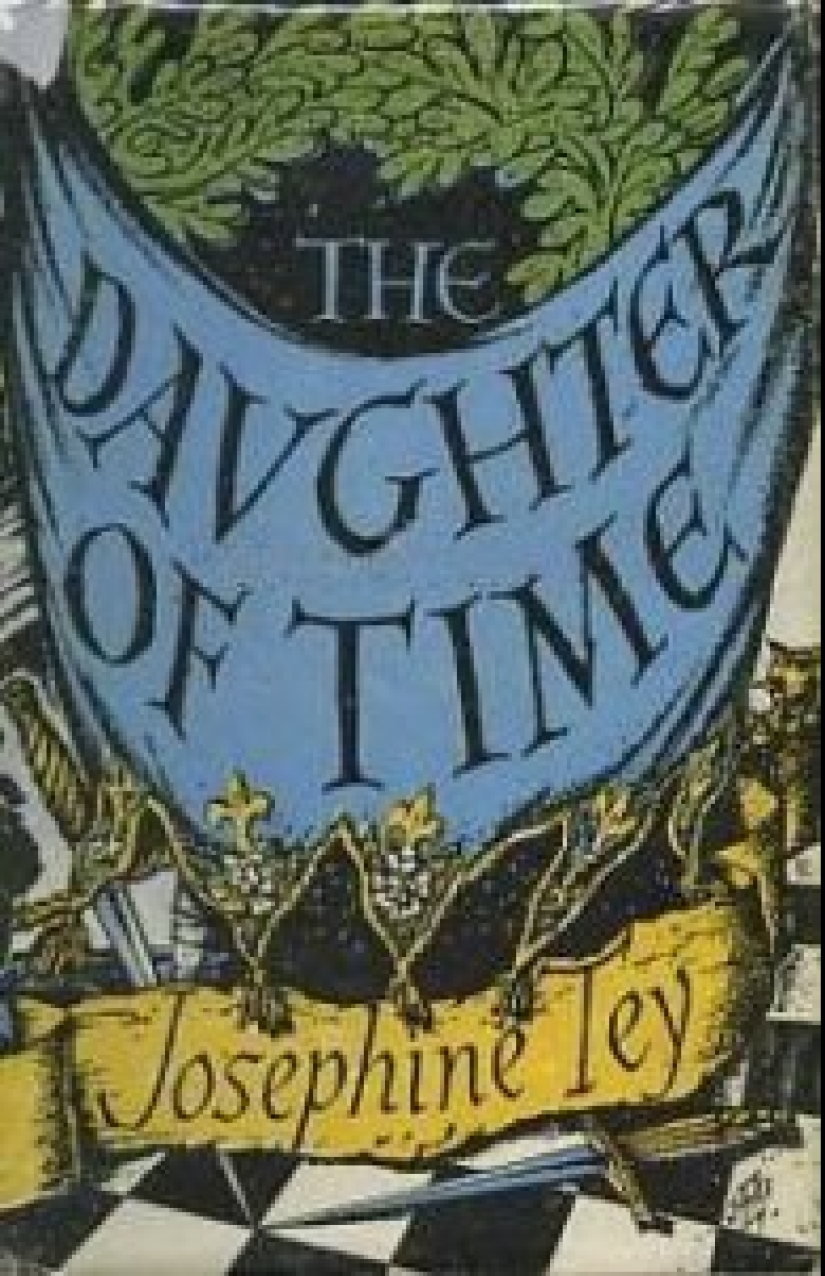
3. 1951: The Daughter of Time by Josephine Tey
The Lost King (2022), directed by Stephen Frears
The novel: A Daughter of Time turns up on nearly every mystery GOAT list, and Josephine Tey was a master of the British “Golden Age.” Her recurring police detective, Inspector Alan Grant, tries to solve a pair of 400-year-old murders by investigating from his hospital bed. Laid up with a broken leg and bored, Grant is persuaded by a friend to tackle one of history’s coldest cases. Did the evil King Richard III murder his young nephews to seize the crown? The novel breathed new life into “The Richard III Society,” swelling the number of “Ricardians” dedicated to proving the king’s innocence.
The film: I’m cheating here. The Lost King is not a filmed version of The Daughter of Time. Instead, it tells the true story of the stubborn Ricardian who led the effort that located Richard III’s body under a Yorkshire parking lot. It stars an excellent Sally Hawkins as the dogged amateur historian Phillipa Langley. She’s determined to prove her theory in the face of scholarly skepticism. Infuriatingly, academia’s lack of cooperation doesn’t stop it from taking credit for unearthing Richard. You can stream The Lost King on Acorn and other services.
Footnotes: Several other Josephine Tey novels were filmed. Alfred Hitchcock turned A Shilling for Candles (1936) into the film Young and Innocent (1937). It’s a suspenseful and charming man-on-the-run story. Stream it on Prime Video and watch for Hitchcock’s masterful tracking shot in the dance hall scene at the film’s end. And Tey’s intriguing The Franchise Affair made it onto film twice. The 1951 movie is just OK; the 1988 mini-series with Patrick Malahide and Joanna McCallum is far superior. (You can find it on YouTube.) The Franchise Affair is the only time Tey’s brilliant Inspector Grant got it wrong.
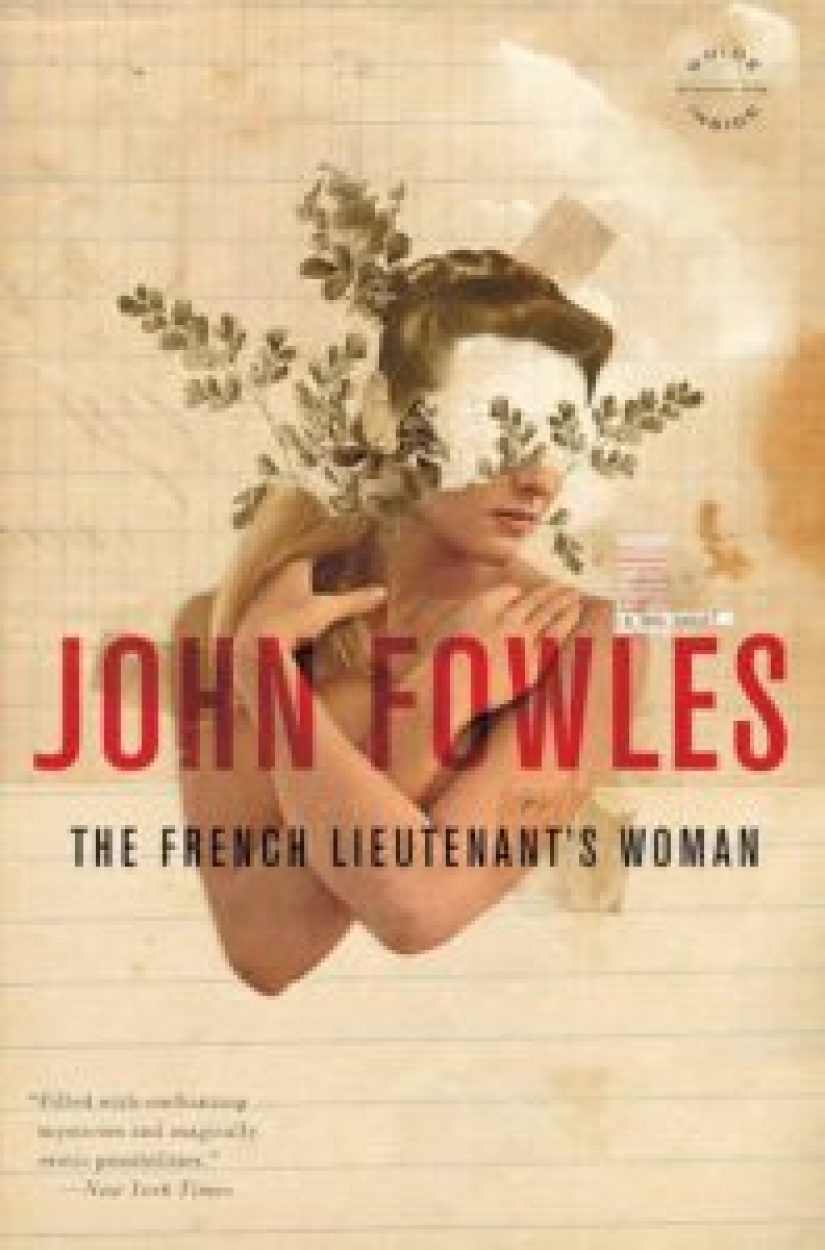
4.1969: The French Lieutenant’s Woman by John Fowles
1981 film directed by Karel Reisz
The novel: Is it a mystery novel? Well, the reader confronts many enigmas in its pages. Who is Sarah Woodson, the “French lieutenant’s woman?” Why does she remain in Lyme Regis, staring out to sea and lingering amid the wild landscape of the undercliff? She certainly baffles and disturbs the tranquility of the newly engaged scientist, Charles Smithson. But Sarah has lied to the world about herself—and lies to Charles. Why? Where does she go after she vanishes? And what is the story’s end? Fowles wrote more than one conclusion.
The film: Playwright Harold Pinter won an Academy Award for the screenplay. The movie stars Meryl Streep in the title role and Jeremy Irons as Charles Smithson. In a plot layer absent in the novel, they play modern actors Mike and Anna, who leads in a parallel story about filming the book. Watch for this “doubleness” right from the opening shot when Streep walks out of the set and into the story. The movie is gorgeous to look at, and the stars are excellent. Streep won the Academy Award for her Sarah/Anna performance, the first of three as a leading actor.
Footnotes: Other works by Fowles were filmed. William Wyler directed the 1965 movie of the author’s debut novel, The Collector (1963), a thriller about a man who kidnaps an art student and holds her captive. Director William Wyler received an Academy Award nomination, his twelfth. (That’s an Academy record. He’s tied with Frank Capra for most directing wins at three.) Fowles’ second published novel also made it to film. The Magus (1968), a critical failure, stars Michael Caine and Anthony Quinn.
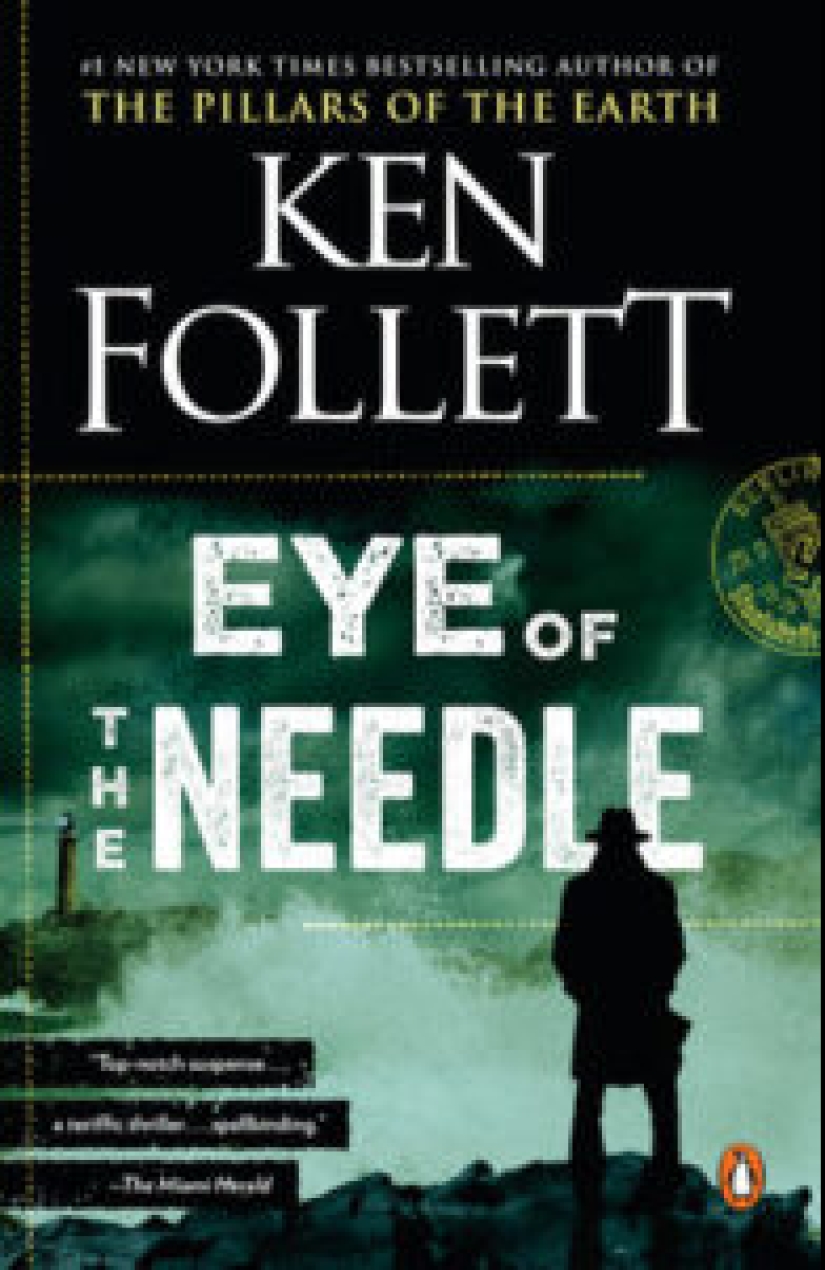
5. 1978: Eye of the Needle by Ken Follett
1981 film directed by Richard Marquand
The novel: This was Ken Follett’s first international bestseller. The “needle” in the title is Henry Faber, the code name of the Nazi spy in England who flashes a deadly stiletto. The reader first meets him at the start of the war, radioing troop movements back to Germany. Four years later, his story intersects with that of David and Lucy Rose, living unhappily and remotely on an island off Scotland. Faber possesses a secret vital to D-Day’s success; it’s up to Lucy to stop him from taking it to Germany.
The film: Donald Sutherland nails the cold, ruthless Faber as utterly ordinary yet menacing. He may be less convincing sweeping Kate Nelligan’s Lucy off her feet. (Although four years trapped on a lonely island with her self-pitying pilot husband—sidelined after an accident—might do the trick.) The viewer must accept a reasonable quotient of hokum. For example, would one of the greatest secrets of D-Day be guarded by a single soldier with a dog? It doesn’t matter. Once we’re on that island, the tension mounts. Watch Nelligan with Sutherland after she’s figured things out and look for the light-socket scene.
Footnote: Two books later, Follett published The Key to Rebecca. In it, another Nazi spy is on the loose. This time, he’s in Egypt, and thwarting General Rommel’s conquest of North Africa is at stake. The “Rebecca” in the title—and the key to it all—is the Daphne Du Maurier novel. The story has a factual basis, and the novel was a popular and critical success. (In 1985, a great story got middling treatment in a two-part TV production.)

6. 1980: The Name of the Rose by Umberto Eco
1986 film directed by Jean-Jacques Annaud
The novel: First published In Italy, Umberto Eco’s The Name of the Rose was a surprise US bestseller, a book by an Italian professor of semiotics—a discipline hard to define let alone explain. It takes place in a fourteenth-century abbey and involves accusations of heresy, a debate over the worldly vs. spiritual powers of the Church, conflicts of faith and reason, a missing Greek manuscript, and the murders of seven monks. And that’s just for starters. The plot is as complex as the monastery library’s labyrinth. Yet, the story draws you in. You follow Brother William of Baskerville, the wry and tolerant monk charged with solving the grisly murders, as he parses symbols and peels back the mystery’s layers. He even has a Dr. Watson at his side, a young novice named Adso of Melk. Brother William’s weapon in a world of superstition and fanaticism is reason. He applies logic and his powers of deduction to uncover the murderer.
The film: Reviewers liked it less than viewers (a 76% Rotten Tomatoes score vs. an audience score of 85%). Sean Connery plays Brother William of Baskerville, a visiting monk, and Medieval Sherlock Holmes. (At one point, he tells Christian Slater’s Brother Adso that a conclusion is “elementary.”) The cinematography is excellent, and so is the monastery set. In the opening shot, it looms like a fortress in the desolate landscape, isolated and forbidding. F. Murray Abraham is memorable in the smaller role of Brother William’s nasty Vatican nemesis. But watch for Ron Perlman’s performance as the childlike ogre Brother Salvatore and the scene near the end where he sings a lullaby.
Footnote: Reviewers weren’t kind to the 2019 television series starring John Turturro. The critics’ consensus on Rotten Tomatoes: “The Name of the Rose boasts fine performances, but the drama floating around its hallowed halls often feels like more work than it’s worth” (53% score).
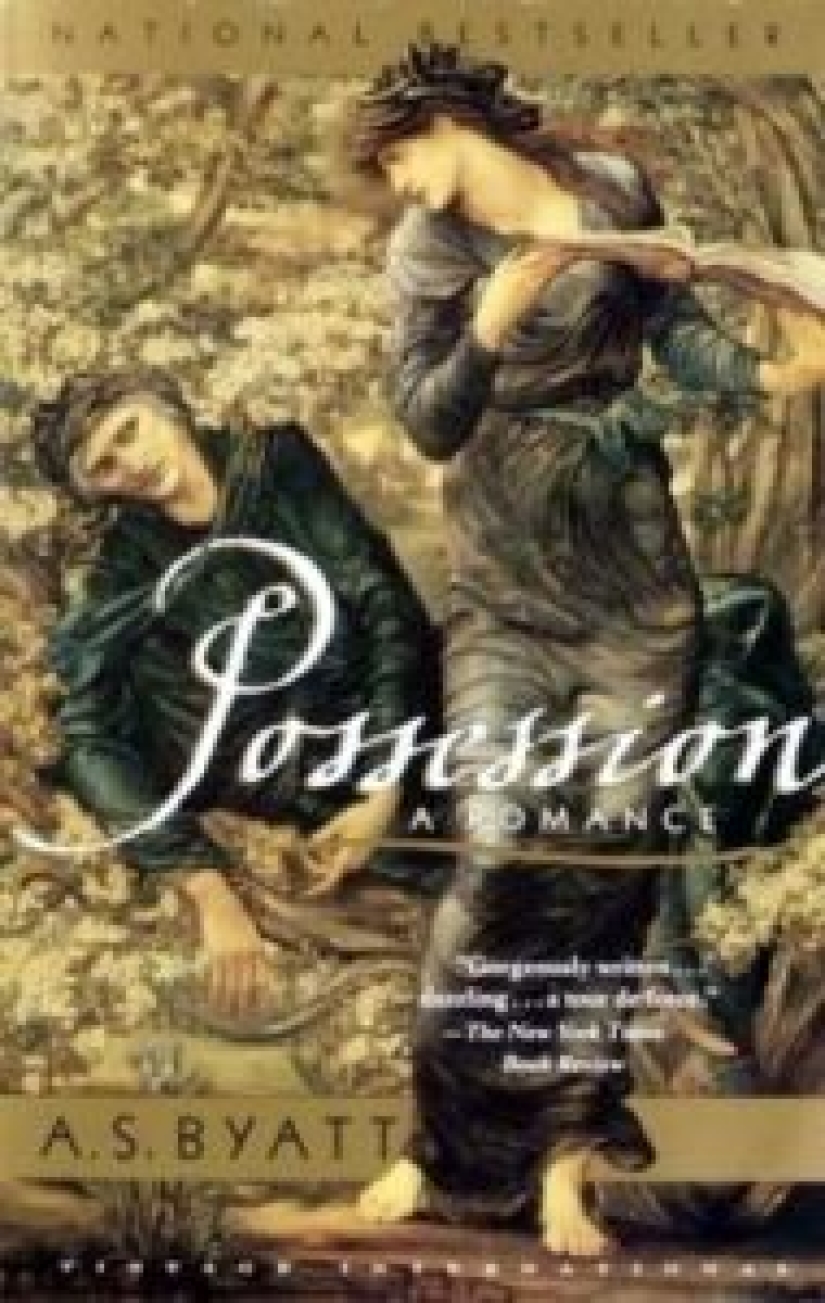
7. 1990: Possession by A.S. Byatt
2002 film directed by Neil LaBute
The novel: This is the literary mystery on the list. Researcher Roland Michell finds two letters written to a mysterious woman by the Victorian poet Randolph Ash. Michell is seized by a desire to uncover her identity and steals the letters from the British Museum, the first of many forms of possession explored in the novel. Then he teams with a fellow scholar, Maud Bailey, an expert on the poet Christabel LaMotte, whom Roland suspects was Ash’s lover. Maud and Roland trace more letters, poems, and journals and follow the suspected lovers’ trail from London to Yorkshire and to France. Along the way, envious academics determined to possess the evidence to pursue them. Were Ash and LaMotte lovers? Was there a child? If so, what happened to the baby? Is the critical evidence buried in a box in Ash’s grave? In a gentle epilogue, another mystery is solved. Possession is a witty, romantic, intellectual puzzler.
The film: Director Neil LaBute cast Gwyneth Paltrow and Aaron Eckhart as the modern scholars and Jeremy Northam and Jennifer Ehle as the Victorian poets. The director streamlines the complex novel, but he follows the story’s throughline. Possibly the biggest change is Roland Michell, who was transformed from an Englishman into a brash American. Watch for the Yorkshire scenes where the film crosscuts between the historical lovers on the way to their tryst and the modern researchers on the hunt. Their car passes under a railway trestle. Seconds later, a steam engine carrying the Victorian lovers rattles overhead. And the final, poignant epilogue is lovely. The film received mixed critical reception, but what can I say? Sometimes, the critics get it wrong.
Footnote: Gwyneth Paltrow and Jeremy Northam share the screen in another film adaptation of an English novel: Jane Austen’s Emma (1996). Of course, it’s not a mystery, but the plot turns on hidden identities and a secret’s revelation.
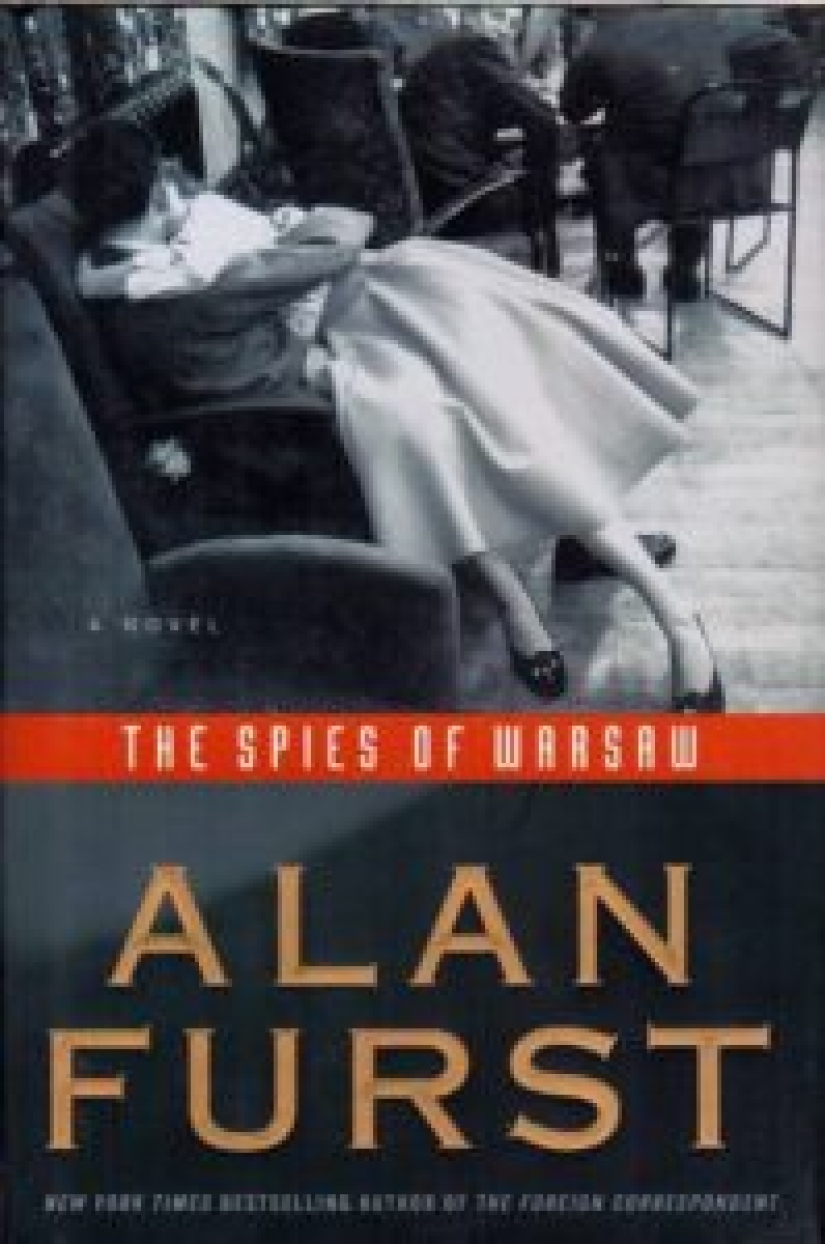
8. 2008: The Spies of Warsaw by Alan Furst
2013 TV series with multiple directors
The novel: Alan Furst’s The Spies of Warsaw is set in Europe in the late 1930s, a familiar Furst milieu. Intelligence officer Lt. Colonel Jean-Francois Mercier poses as a French military attaché in Warsaw, where he operates an active spy network. Undercover, Mercier observes the German military buildup at the border and struggles to awaken his superiors in Paris to the growing Nazi menace. The novel handles the obligatory genre elements well: nail-biting, cross-border journeys, shady intelligence operatives, and informants—some idealists, others blackmailed into service. It has a classic Furst hero in Mercier: a pensive man on the right side of history who still feels the taint of moral compromise. As always, there is a touch of romance: the widowed Mercier, like all Furst heroes, is very attractive to women. Best of all, the novel has the feel of its time and place. As one critic noted, it’s a world “infused with the melancholy romanticism of Casablanca.” The Spies of Warsaw recreates a moody, tension-filled Europe teetering on the brink of war.
The mini-series: A line of dialog between David Tennant’s Mercier and a Polish officer-friend nails the novel’s physical and moral environments. The Pole laments the simpler world they inhabited as young army officers before the Great War. He says, “Now, everything is gray, shadows, secrets.” (When we first see Mercier dressing for a formal dinner, his uniform’s bright blue tunic and red trousers pop after scenes drained of color.) Later, we witness the adroit spy master Mercier neatly extract a pair of Soviet defectors, although not all his agents survive the double games they play. David Tennant, perfect as Mercier, receives fine support from familiar faces to watchers of British TV productions. Allan Corduner and Linda Bassett play the fleeing Russian agents. Anton Lesser is a possible anti-Nazi spy, and Julian Glover plays Mercier’s one clear-sighted ally in a mostly benighted French military. No fireworks, no melodrama, The Spies of Warsaw is excellent, old-fashioned storytelling.
Footnote: The Spies of Warsaw is the tenth of fifteen books in Furst’s “Night Soldiers” series, beginning with the 1988 novel of the same name. To date, it’s the only film of a Furst novel. His most recent book is Under Occupation, published in 2019.

9. 2016: Belgravia by Julian Fellowes
2020 series, John Alexander, Director
The novel: This is the guilty pleasure pairing on my list. Julian Fellowes, better known for his screen and teleplays (Gosford Park, Downton Abbey, The Gilded Age), wrote the novel set in early Victorian England. The plot begins a generation earlier at the famous Duchess of Richmond’s ball, held on the eve of the Battle of Waterloo. Many young officers danced their last quadrilles that evening. Two families, one aristocratic and one up-and-coming middle class, share a family tragedy linked to that gathering. The full scope of their loss is unknown to both and is at the mystery’s core.
The mini-series: Unsurprisingly, the production is a faithful adaptation of the novel: Julian Fellowes wrote the script. One of the series’ great pleasures is the cast of old British pros. Among them are Tom Wilkinson, Harriet Walter, Tara Fitzgerald, and Philip Glenister. A second pleasure in any mystery: the viewers think they’re in on the story’s secret, but Fellowes adds one great surprise toward the end.
Footnote: Julian Fellowes’ adaptation of Anthony Trollope’s novel Doctor Thorne is another story in which the mystery of a child’s identity is the key. It will either sink or save a family’s fortune.

10. Murder by Lamplight Patrice McDonough
Patrice McDonough is a former educator who taught history for more than three decades. A member of the Historical Writers of America, the Mystery Writers of America, and the Historical Novel Society, she splits her time between New Jersey and the Florida Gulf Coast. Please visit her online at PatriceMcDOnough1789.com. Her new novel, Murder by Lamplight, is now available.
Keywords: Historical stories | Books | Reading books | Hobbies | Historical mysteries | Novels | Theatrical releases
Post News ArticleRecent articles

Porridge appeared in the human diet since ancient times, they help people get all the necessary nutrients for healthy living and ...

Santa Cruz del Istole is considered one of the most densely populated islands in the world. Formally, it is part of Colombia, but ...
Related articles

There is nothing strange in the fact that certain images and concepts of fear are repeated in the horror genre. Themes of horror ...

Today cheap romance paperback no one takes seriously. This reading is taken to vacation, to read and to ruthlessly discarded. But ...

"Love affair" - for many, this phrase is associated exclusively with low-grade books, where a muscular macho and a languid beauty ...

Loulou de la Falaise is a woman whose life was intimately intertwined with the world of haute couture. Her name is forever etched ...